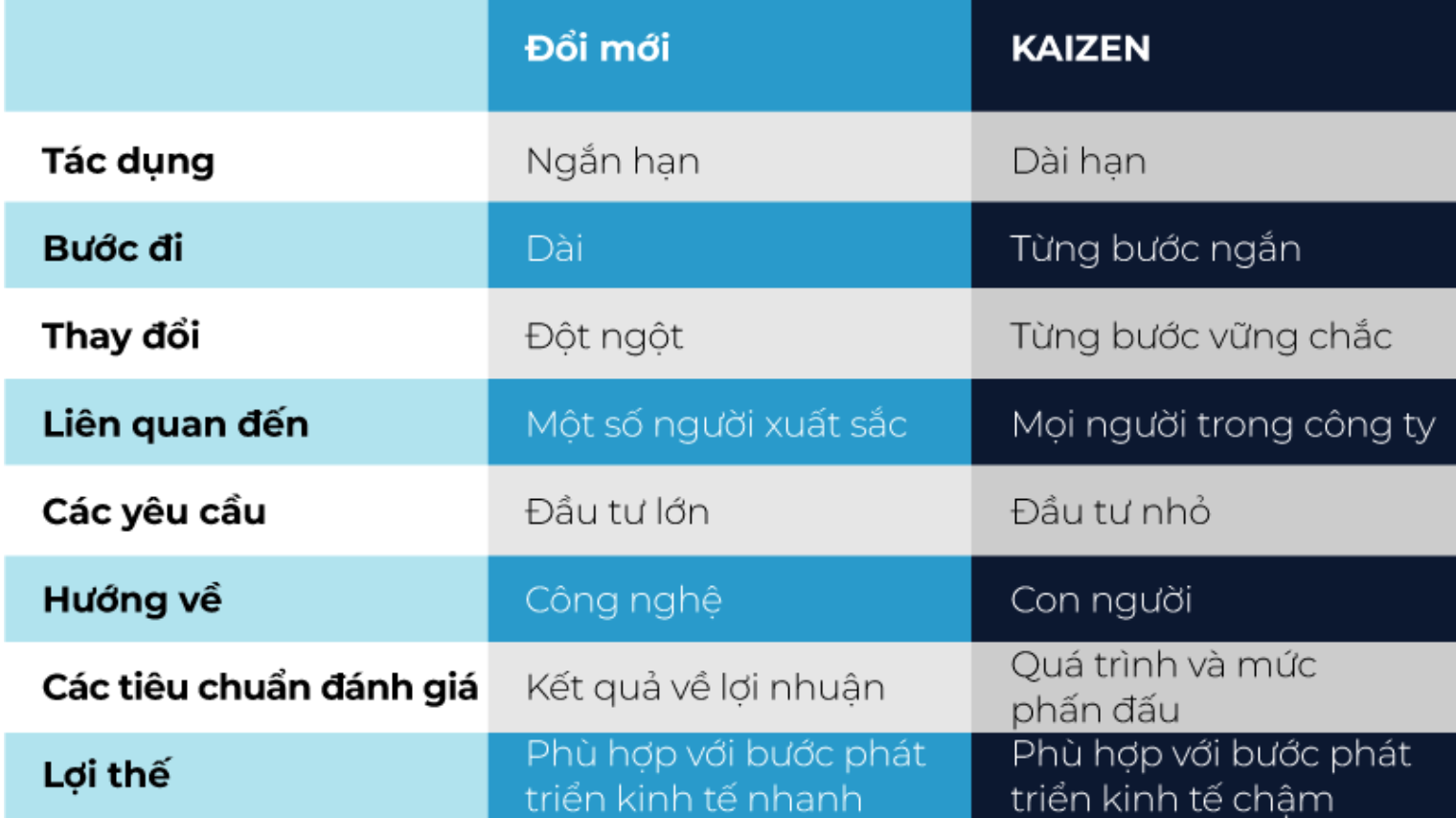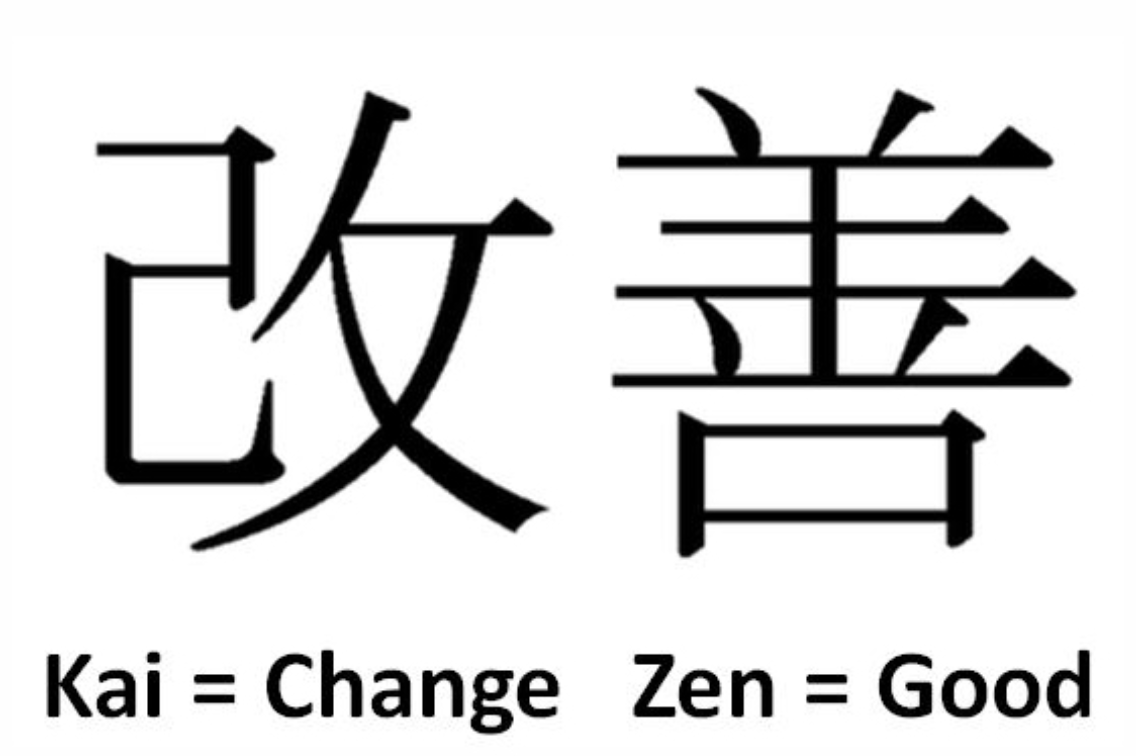1. What is the Kaizen Method?
Kaizen is a Japanese term that combines two words, 改 (“kai”) – change and 善 (“zen”) – better, meaning “change for the better” or “continuous improvement”. This term in English is also known as “ongoing improvement”.
In the book “Kaizen: Key to Japanese Success”, “Kaizen means improvement”. “Not only is it applied at work, but the Kaizen method is also applied in many other aspects such as personal life, family, society, and working environment. When applied to the workplace, Kaizen means continuous improvement involving everyone from the leadership to every employee.”
In Japan, the Kaizen method has a history of more than 50 years and Toyota is the first company to implement this philosophy. Kaizen was first applied in Japan after World War II, then received attention from quality management teachers and businesses in the US. Most notably, it has made an important contribution to creating the Toyota Way (Toyota Way), making Toyota’s breakthrough success in difficult times in Japan. Since then, the term has gained worldwide popularity, being applied by most Japanese companies and international companies in various fields other than trading and manufacturing.
In “The New Shorter Oxford English Dictionary” published in 1993, the word “Kaizen” was added and defined as the continuous improvement of working processes, and productivity enhancement in business management. Today, the Kaizen method is mentioned as a business philosophy, an effective management method that makes the success of Japanese companies. However, improvements in Kaizen are small, incremental improvements that deliver impressive results over a long period of time.
2. Differences between Kaizen and Innovation
The Kaizen concept explains why Japanese companies don’t stay in the same state for a long time. Meanwhile, the Western management style favors the concept of “Innovation” – creating great changes after breakthroughs in the latest technology, management ideas, and production techniques. If Kaizen is a process of continuous improvement, then “innovation” is usually an instantaneous change phenomenon.
It is also less expensive to implement the Kaizen method than to innovate. Because it improves the quality of work, recognizes the participation of both managers and employees, improves product and service quality, and reduces operating costs. This is a new and unique feature of Kaizen because it does not require complicated techniques or new technology.

3. What are the benefits of Kaizen?
Tangible benefits
- Accumulating minor improvements to create big results in the long run.
- Reducing waste, increasing productivity in production and business operations such as reducing inventory, substandard goods, reducing time to find goods, waiting and shipping time, hone staff skills, …
- Improving and synchronizing the company’s operating systems in the short and long term to reduce costs and save production time.
Invisible benefits
- Improving employee productivity and morale when employees are clearly and specifically aware of problems in their department.
- Creating opportunities for each individual to develop ideas for improvement, and to be heard and acknowledged.
- Contributing to the establishment of a self-discipline and discipline culture and habits in the enterprise.
- Increasing internal solidarity and promoting the spirit of teamwork.
REFERENCES:
Phương pháp Kaizen là gì? Kaizen và thành công của Toyota.




